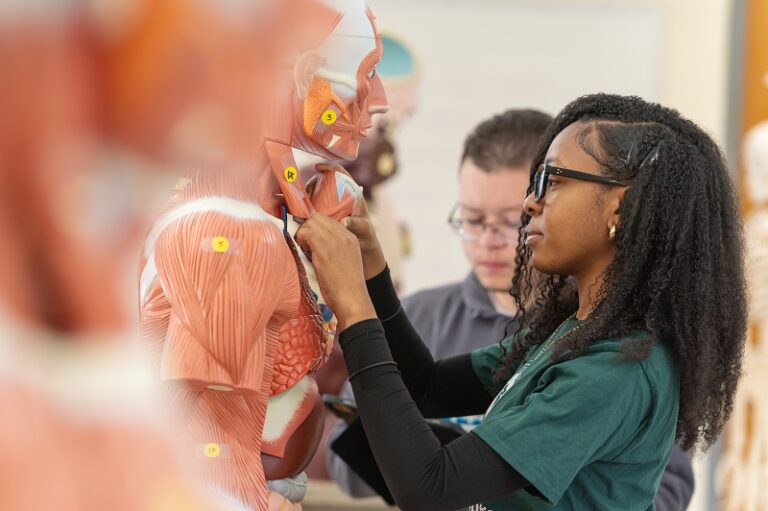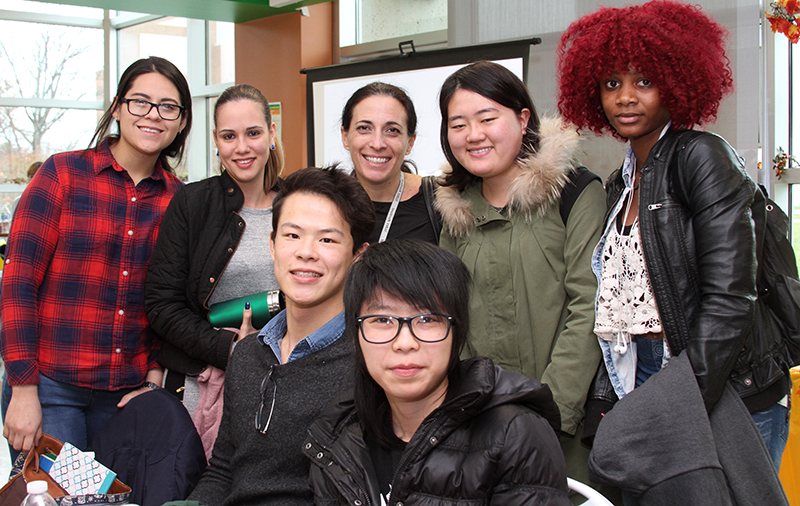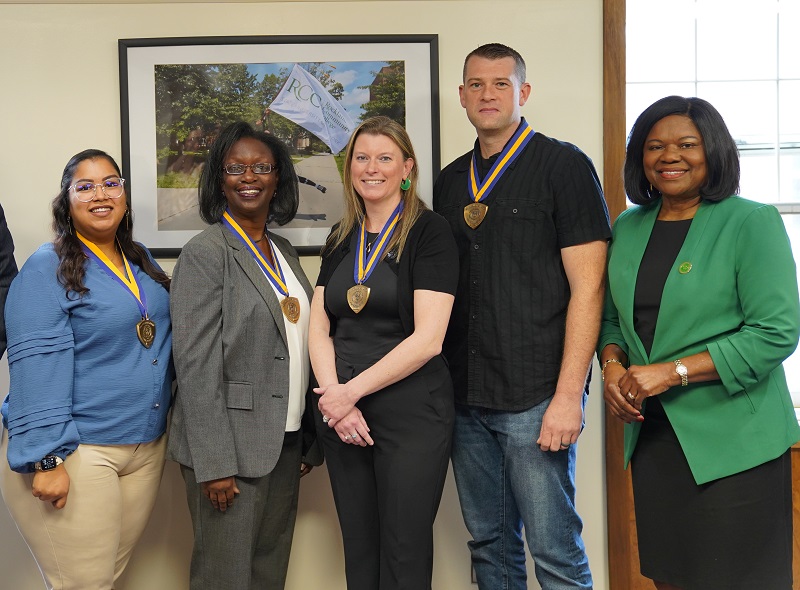Strategic Directions and Key Strategies
1. Foster a Culture of learning that leads students on a journey of personal growth and career readiness.
Foster student success by meeting the individual academic, financial, emotional, physical, and social needs of diverse student populations using best practices, data-informed improvement processes, and a holistic student focused approach.
a. Cultivate learning opportunities for students to create individual educational and career plans.
Definitions/Examples (not comprehensive and not limited to)
Learning opportunities:
- Courses
- Tutoring sessions
- Office hours
- Internships
- Workforce Programs
- English Skills Academy (ESA)
Cultivate:
- Advising
- New Student Orientation
- Peer Mentoring
- Faculty Advising
Measures
1.4 The number and percent of students that are (un)decided in each school at the start of classes
1.5 The number and percent of Undecided students that become decided by the beginning of the 2nd semester
2.1 The number and percent of students that switch schools prior to the start of the second semester to the Census date of the 3rd semester
2.3 The number and percent of Full-Time students that successfully complete the IttS course.
2.5 The number and percent of Full-Time students who developed an Academic Plan with an Advisor or Faculty member
> Measure for Cultivate Percent of time in advising:
- scheduling/registration,
- educational and career planning
* Onboarding survey (add workforce, microcredentials, and ESA to this data)
* Number and percent of students who go from credit-free to credit; ESA to another ed opportunity
b. Provide experiential learning opportunities inside and outside the classroom
Definitions/Examples (not comprehensive and not limited to)
- Internships
- Clubs
- SGA
- Study abroad
Measures
* Number of opportunities
* Number of students participating in those opportunities
* Assessment of learning
> Assessment of the effectiveness of the experience
c. Supply students with holistic supports to meet their educational needs
Definitions/Examples (not comprehensive and not limited to):
- Advising
- Mental health & counseling
- Hawks Hub (food pantry)
- Connection Center
- Accessibility Services
- Tutoring
- Reading & Writing Center
- Office hours
- Peer mentoring
- Career Readiness and Success Center
Measures
1.3 Full-time, new students that complete orientation before the start of classes.
> Assessment of effectiveness, degree to which students’ needs were met
d. Impart the skills, tools and roadmaps needed for student success.
Definitions/Examples (not comprehensive and not limited to):
- Skills: personal, emotional, physical, social, communication
- Skills: educational, how to learn, study methods, test taking
- Skills: work, professional, discipline specific
- Tools: Grades/GPA, portfolios, resume,
- Financial literacy
- Clear educational and career plans
Measures
1.1 Number & percent students with tuition paid
* % students receiving financial aid
2.3 The number and percent of FT students that successfully complete the IttS course.
2.4 The number and percent of Full-Time students who participate in Academic Advising
2.5 The number and percent of FT students who developed an Academic Plan
2.6 The number and percent of FT students who developed a Financial Plan for paying for college
e. Adopt, scale, and assess high-impact practices to increase retention and completion.
Definitions/Examples (not comprehensive and not limited to):
High impact practices:
- Intro to Schools (IttS),
- Financial Literacy,
- EOP,
- TRIO,
- ASAP,
- OER,
- Peer Mentoring
Measures
4.1 The Fall-to-Fall Retention Rate for first-time, degree-seeking students
4.2 The Three-Year Graduation Rate for first-time, degree-seeking students
4.3 Transfer Rate – Percent of students who transfer after graduation

2. Prepare students for careers that provide sustaining wages.
Facilitate positive social and economic mobility through educational programs that lead to transfer opportunities and/or gainful employment for all students.
a. Align degrees, certificates, and micro-credentials with labor market trends, community workforce needs, and transfer requirements.
Definitions/Examples
Alignment:
- Degrees and certificates related to jobs & wages
- Job openings in community & degrees to obtain those jobs
- Transfer alignment, articulation agreements
Measures
> Number of programs (credit, CF, microcredentials) with job information (#, type of job, wages) on website
> updated annually and reported in AA & EMWI annual reports
> Number of & date of Articulation agreements
> Job Placement
> Transfer
b. Facilitate the design of emerging and innovative programs through collaboration with employers, transfer schools, local and state workforce planners.
Measures
> Number of collaborations with external partnerships with description including intended outcomes
> Assessment outcomes
c. Create recruitment and enrollment pipelines within the community.
Definitions/Examples
Recruitment and enrollment Pipelines
Measures
* Number and percent of high school grads who attend RCC
> Number & type of pipelines and enrollment by pipeline
d. Establish and assess performance indicators for proactive academic and career advisement.
Measures
> Assessment of educational and career plans
> #s students who met with faculty advisor, student success advisor
> Assessment of advising outcomes
> What did they do in advising?
> CRM Advise metrics
> Bring educational & career plan to spring advising
> Create metric for how well educational plan aligns with career plan.
> Are they making registration changes based on advisement or on their own
e. Support engagement of students outside the classroom.
Measures
Engagement metrics
- Talked with faculty & staff outside the classroom
- Engagement metrics
- Pull Qs from CCSSE

3. Nurture a Culture of Inclusivity, Belonging, and Global Connectedness
Build on RCC’s commitment to a proactive, shared, and holistic culture of respecting, encouraging, and empowering all voices and perspectives through Diversity, Equity, Inclusion, and Global Awareness principles, policies, and practices.
a. Prioritize recruitment, and enrollment of diverse populations of students, faculty, and staff.
Measures
* Disaggregated number and percent of faculty & staff recruited, hired, and promoted. Goal is to improve diversity to align with student demographics
* Number and percent disaggregated students recruited, enrolled & retained. Improve enrollment & retention.
b. RCC’s commitment to Inclusivity, Belongingness, and Global Connectedness is reflected throughout the curriculum
Measures
* Number & type of events, & attendance
* Engagement survey questions: do events help with engagement (student & employee)?
* Do events etc., help with Global Connectedness (survey)
c. Conduct regular, systematic, and comprehensive assessment of organizational structures, communication, and leadership practices to ensure a culture of respect, collaboration, retention, and empowerment of all voices
Measures
* SUNY Climate Survey on Diversity
d. Communicate our Commitment to Diversity, Inclusion, and Global Connectedness through analysis of our assessment results and how they relate to community needs
Measures
> Number of events, activities, exhibits, artwork, Student Organizations, and all media publications

4. Support the professional development of all employees
Enhance the skills and growth of students, faculty, and staff to promote student success, a culture of care, collaboration, global connectedness, and innovative best practices.
a. Network and collaborate with external partners to create interdisciplinary opportunities and community projects
Definitions/Examples
External partners: employers, community organizations, schools
Measures
> Number and type of projects/events and desired outcomes and attendance
b. Support collaboration and shared resources within the college and the SUNY system.
Definitions/Examples
- Within the college: cross-disciplinary/department collaborations
- SUNY PD
c. Promote systematic professional development and leadership training for the college community to support the Mission, Strategic Plan, and related initiatives.
Definitions/Examples
Continue work of Professional Development Committee
Measures
> Faculty & staff survey asking if they feel they have the knowledge and skills to do your job in a way that supports the success of the strategic plan
3.2 Number of people who attend training
- Faculty
- Staff
- Students
> Number and percent of employees (by categories of employees) who have appropriate training for their job
> Student rating of faculty & staff effectiveness regarding inclusion, belongingness, and global connectedness
> Student rating of faculty & staff effectiveness regarding support for developing an education and career plan, and advising.
> Student rating of faculty & staff effectiveness regarding students support resources and engagement
> Student rating of faculty regarding their expertise and ability to provide learning opportunities in the classroom
> All student facing employees provide high levels of competency of their job and customer service
d. Conduct regular, systematic, and comprehensive assessment of the employee experience— including recruitment, retention, promotion, and succession planning.
Definitions/Examples
Employee experience survey
Measures
> Assessment of professional development for employees regarding Culture of Inclusivity, Belonging, and Global Connectedness

5. Prioritize Operational Efficiency, Financial Health, and Institutional Effectiveness
Strategically develop, implement, and maintain effective operational and fiscal policies, procedures, and practices. This will create a modern, adaptive, and responsive infrastructure to meet the changing needs of our students and
the community.
a. Transparency and shared governance are an imperative for effectiveness
Measures
* Use items from SUNY Shared Governance Wellness survey
SUNY Wellness Survey:
> The trustees, administration, faculty, and staff model collegiality, respect, tolerance and civility towards other members of the campus community and each other
> Negotiations and communications among college constituencies are open and carried out in good faith and in an atmosphere of trust
The constituents, in addition
to constituents’ representatives, have timely access to information necessary for constituents to give meaningful input into governance processes
> The college community interacts respectfully with the president, the board of trustees, administration, student governance, and other constituents of the college community
b. Conduct regular assessment of shared governance policies, process, procedures, and satisfaction
Measures
> Conduct regular assessment
* Establish and maintain a fund balance of 10 to 15% of the overall budget.
> Governance structures and processes function in an effective manner.
> Campus governance processes are clear and transparent to the college community
> Constituents participate and value the purpose of shared governance
c. Require timely, organized, and active participation from all institutional units for budget development and resource allocation in alignment with the Mission and Strategic Plan
Measures
> The president seeks meaningful campus governance input on those issues (such as budgeting) in which the campus constituents have an appropriate interest but not primary responsibility.
> The institution recognizes collective responsibility for decision-making in the area of budgeting.
> All college constituencies recognize the importance of collective responsibility for
decision-making in the area of long-range planning
d. Adopt sustainable practices to manage budgets, modernize facilities, integrate advanced technologies, improve access and campus safety, and create engaging learning spaces.
Measures
# – Key Performance Indicators (KPI) have a number (1.4) in front of the measure. The number corresponds with the number in the list of KPI in Appendix A.
* – Measures with a “*” include surveys or Fact Book data that have been used in the past. This means we have some historic data.
> – Measures with an “>” need to be developed by organizational units as goals are aligned with the strategic plan.
Appendix A: Key Performance Indicators
| # | KPI Description | Dates |
|---|---|---|
| 1.1 | The number and percent of FT Students with tuition paid, payment plan, and/or financial aid by the start of classes | Start of classes |
| 1.2 | The number and percent of students who complete the FAFSA by the priority deadline (May 31st): First-time and Continuing | May 31st |
| 1.3 | Full-time, new students that complete orientation before the start of classes. | Start of classes |
| 1.4 | The number and percent of students that are undecided in each school at the start of classes (also a KPI for Advising) | Start of classes |
| 1.5 | The number and percent of Undecided students that become decided by the beginning of the 2nd semester (also a KPI for Advising) | Beginning of 2nd semester |
| 1.6 | The number and percent of students who are still undecided upon earning 30 credits | Per semester |
| # | KPI Description | Dates |
|---|---|---|
| 2.1 | The number and percent of students that switch schools prior to the start of the second semester to the Census date of the 3rd semester | Census of 3rd semester |
| 2.2 | The number and percent of students that switch programs within & between schools prior to the start of the second semester to the Census date of the 3rd semester | Census of 3rd semester |
| 2.3 | The number and percent of FT students that successfully complete the IttS course. | Per semester |
| 2.4 | The number and percent of FT students who participate in Academic Advising | Per semester |
| 2.5 | The number and percent of FT students who developed an Academic Plan with an Advisor or Faculty member | Per semester |
| 2.6 | The number and percent of FT students who developed a Financial Plan for paying for college | Per semester |
| # | KPI Description | Dates |
|---|---|---|
| 3.1 | Trainings | Per semester |
| 3.2 | Number of people who attend training
| Per semester |
| 3.3 | Who have appropriate training for job | Annual |
| 3.4 | Training (course) assessments | Per semester |
| # | KPI Description | Dates |
|---|---|---|
| 4.1 | The Fall-to-Fall Retention Rate for first-time, degree-seeking students | Annually December |
| 4.2 | The Three-Year Graduation Rate for first-time, degree-seeking students (Guided Pathway Goal) | Annually December |
| 4.3 | Transfer Rate – Percent of students who transfer after graduation | Annually January |
| 4.4 | Job Placement Rate (Based on graduate survey) Percent of graduates looking for employment who gain employment | Annually January |
| 4.5 | FT Students who know how to assess their progress toward completion. Determined by questioning during IttS and the Community College Survey of Student Engagement (CCSSE) | IttS/ semester CCSSE SP ‘21 CCSSE SP ‘24 |
| 4.6 | Median number of credits students has at graduation beyond what is required by the program. | Annually December |
| 4.7 | Early Alert (Faculty who use the program) | Per semester |
| 4.8 | Total number of Early Alert tickets completed and the percentage of total tickets | Per semester |
| # | KPI Description | Dates |
|---|---|---|
| 5.1 | Earned 6+ College Credits in First Term | Annually |
| 5.2 | Earned 12+ College Credits in First Term | Annually |
| 5.3 | Earned 15+ College Credits in First Year | Annually |
| 5.4 | Earned 24+ College Credits in First Year | Annually |
| 5.5 | Earned 30+ College Credits in First Year | Annually |
| 5.6 | Passed College Level Math in First Year | Annually |
| 5.7 | Passed College Level English in First Year | Annually |
| 5.8 | Passed College Level Math & English in First Year | Annually |
| 5.9 | Fall-to-Next-Term Retention | Annually |
| 5.10 | One Year Credit Success Rate | Annually |
Appendix B: Acronyms
ASAP – Accelerated Study in Associate Programs
EOP – Educational Opportunity Program
ESA – English Skills Academy
IttS – Introduction to the School
KPI – Key Performance Indicators
OER – Open Educational Resources
SGA – Student Government Association
TRIO – Federal Outreach and Student Support Services Programs
